E-bike tech - what to expect in the future
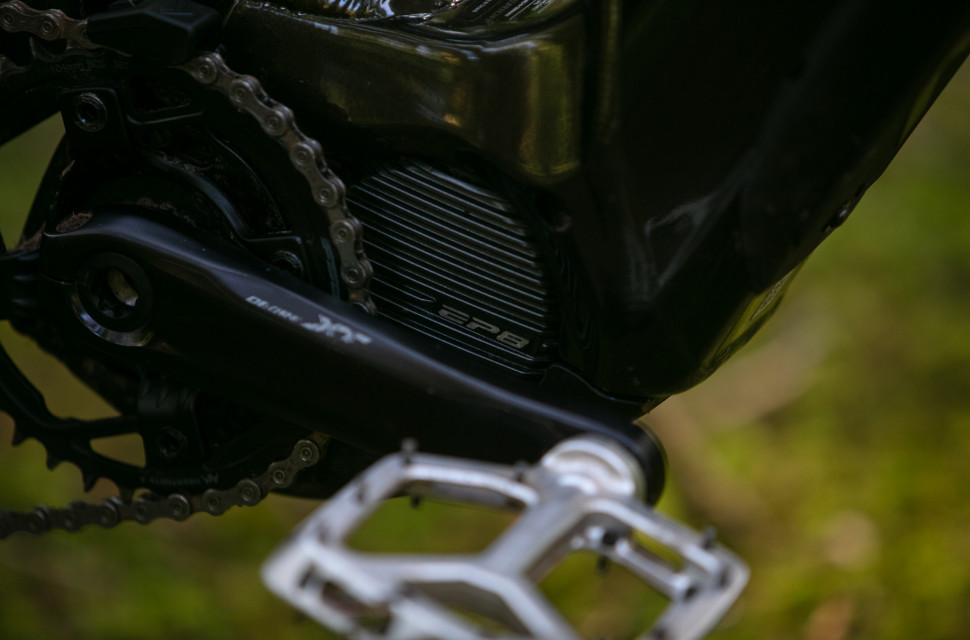
With battery packs and mid-drive motors, e-bike technology has revolutionised the mountain bike. It has allowed riders to journey further into steeper terrain, to total many descents per riding session that were previously impossible. The tyranny of fatigue is of no consequence to e-bike riders.
- How much does an e-bike cost to maintain long-term?
- The anatomy of an e-MTB
- Pivot Shuttle LT Pro XO first ride review
For gravel bikes, pedal assistance has enabled riders to carry more frame bags and venture on more daring multiday exploration rides. Especially in geographies where headwinds can be debilitating.
But what does the future of e-bikes hold? Will the technology and innovation curve diverge from conventional off-road bikes with specific design requirements and frame configurations? Or is the true innovation horizon in data science and sensor integration?
Batteries will only get better
E-bikes might add up to 400% to a rider’s pedal input in peak power settings, but weight and range remain challenges. Lightweighting will never go off-trend in cycling, and even e-bikes, where the installed power and pedal-assistance capability can easily offset all the additional bike weight, aren’t beyond the scrutiny of gram counters.
The most significant weight component for any e-bike is the battery. Heavier bikes generate more component wear, shortening the usable life of brake pads, rotors, frame bearings, suspension bushings or tyres. Any weight saved from the battery, which doesn’t degrade range, is valuable.
The optimism for much lighter future e-bike batteries isn’t misplaced. Global demand for battery power and storage, whether in tiny handheld devices, off-grid energy systems or EVs, is driving enormous investments in R&D and manufacturing capacity. With a lot of potential benefits to e-bike batteries, too.
New battery chemistries, with better power densities, mean the e-bikes of tomorrow can have similar battery capacities but much better power density – which means they’ll be much lighter. Solid-state batteries are one of the most promising technologies in this regard.
One of the most significant advantages that e-bike engineers have, as opposed to those working on EVs, is that e-bike riders don’t require rapid recharging, simplifying the battery chemistry needs. You’ll never plug into a charger in the middle of a Scottish highlands trail system or while linking remote trails in the Alps. E-bikes are recharged at home or at your weekend riding destination's accommodation. That means they can slowly recharge overnight without the urgency required by commuters using EVs as personal transport.
Creating batteries that are power-dense, lightweight and capable of rapid recharging is a lot more expensive than making the same batteries that only need to be light and power-dense, without needing to recharge rapidly. This is where e-bikes could benefit because of their milder recharging requirements, creating that next-generation of incredibly lightweight e-bike batteries, bringing trail and enduro e-bikes to market at weights very close to conventional bikes.
Universal battery standards
Mountain bikers know all about evolving standards and the frustration of being left behind a trend that requires expensive upgrades.
A decade ago, wheel size was a hugely contentious issue, as the industry tried 27.5-inch and 29-inch rims. Axle standards are another development that has frustrated riders over the years.
With e-bikes, the most essential standardization could be battery pack form factor, fasteners, and contact point specification. Some e-bikes have removable batteries, while others require a lot of skill and tools to remove batteries.
A standard form factor and fastener specification for e-bike batteries could make future battery upgrades, maintenance, and warranty replacements much easier for riders and their mechanics.
Integrated everything
Mountain bikers have a relentless desire for technical innovation. The slightest perceived advantage that enhanced suspension components can bring to confidence, and the riding experience is considered valuable.
An issue with advanced componentry is that it often requires electric power to work correctly. There’s no argument that SRAM’s AXS shifts more crisper than any of its analogue drivetrains. The same logic applies to intelligent suspension, like Fox’s Live Valve or RockShox’s Flight Attendant.
But when your wireless shifter or electronic suspension runs out of battery, your riding experience runs out of fun. Ask anyone with AXS or electronic suspension if they’ve forgotten to recharge batteries and the answer will be embarrassed acknowledgement.
E-bikes have all the installed battery capacity to power electronic suspension and drivetrain systems. Without the annoyance of having to plug in multiple charge ports or be mindful of individual components and their battery health needs.
A future range of electronic suspension systems, with much larger valving systems and unimaginable responsiveness to terrain changes, could be where R&D money is invested at Fox and RockShox. And we’re already seeing brands going down this line with SRAM’s work with Bosch to create the Bosch/AXS extension cord that powers an AXS derailleur via an e-MTB’s battery, and of course, the integrated light’s we’re seeing crop up on modern e-mountain bikes.
Data passports
The idea of a battery health passport isn’t new. If you were buying a pre-owned mountain bike, you’d like to see a diagnostics check on its battery health to be confident that its cells are healthy.
With e-bikes featuring integrated sensors to monitor battery function, creating a data passport for each bike is viable. An even greater innovation will be the use of diverse sensors and the data logging capability of an e-bike to create a rider data passport. This could revolutionize product planning for brands and help riders ideally select their next e-bike or component upgrade.
Several activity-tracking apps measure many rider performance metrics. However, a more diverse range of sensors and data logging, which consolidates and stores all the dynamic data generated during a ride, could be what e-bikes of the future bring.
Riders need e-bikes and components that work on the trails they ride. Not the imaginary trails of a product development engineer. E-bikes have the installed power, sensor capacity and electrical architecture to log all the data on your ride: suspension movement, shift patterns, lean angles and braking dynamics.
For learning customer preferences and creating market-aligned product development, data is invaluable. E-bikes could bring true sensor fusion to the riding experience, creating data profiles for bikes matter – and empowering riders to make better upgrades and new bike purchasing decisions, driven by their unique data outputs.

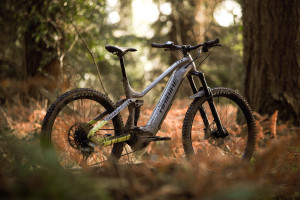

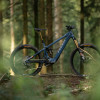
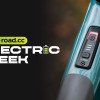






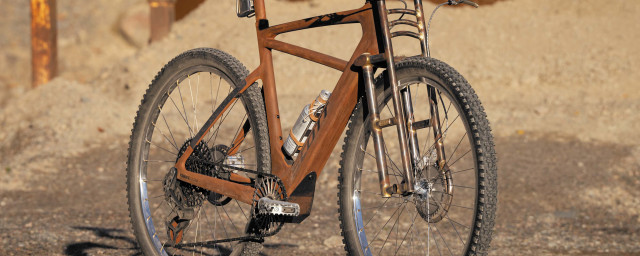

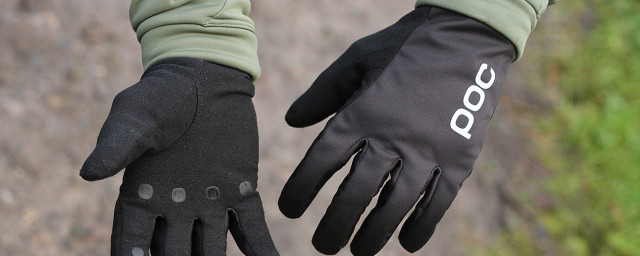

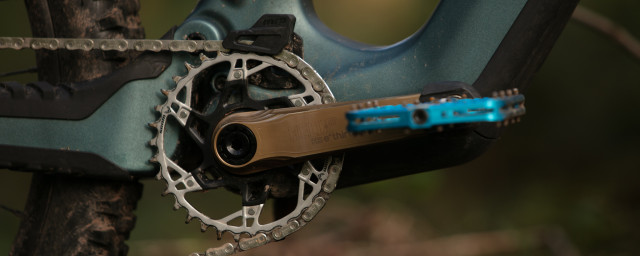
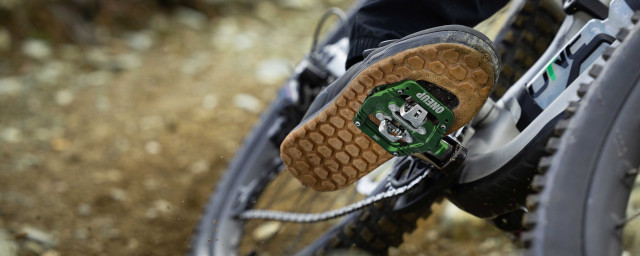

1 comments
Came for an article about e-bikes based on the heading ... got an an article about e-MTB instead.
Cheers road.cc / off.road.cc
[Snip]
One of the most significant advantages that e-bike engineers have, as opposed to those working on EVs, is that e-bike riders don’t require rapid recharging, simplifying the battery chemistry needs. You’ll never plug into a charger in the middle of a Scottish highlands trail system or while linking remote trails in the Alps.
[Snip]
Is that right?
Some of us non-MTB riders would love to be able to hit the gravel trails, and do 200km / 3000m of climbing with the ability to fast charge at a coffee stop, so we don't hold up our non-assisted companions.
Guess we don't count then.